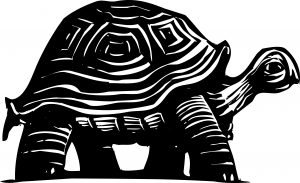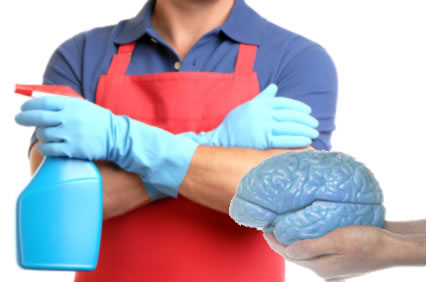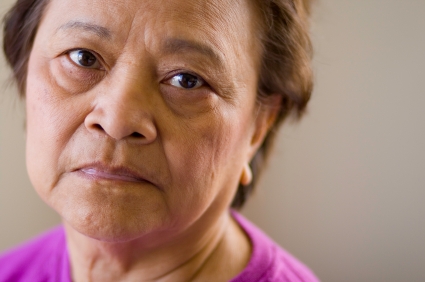I love this little video that I discovered on the Feldenkrais online website. It perfectly illustrates of the main tenets of The Feldenkrais method, we’ve all done this before….. Its taken stroke to set me down a similar path of discovery.
The great power of the brain, is that it’s plastic! Once you learn something it is not set in stone, it’s continuously shaped by experience and so the learning continues.
I have now completed the first 6 lessons of the NeuroMovement® Whole Body Fitness streaming. Frustrated by my painful left shoulder and restricted range of motion, I decided to start the NeuroMovement® for Healthy Necks and Shoulders series of lessons. The exercises for the neck and shoulders concentrate on where the changes need to happen first, in the brain.Today is lesson 3 in a series of 6. Instead of focusing on tight muscles, the exercises for the neck and shoulders tell the brain how to move in harmonious and pain free ways.
After 2 days of this practice I have noticed the pain in my shoulder is easing, so I am feeling encouraged Stephanie my physio-therapist also noted an easing in the tone in my arm when I saw her this afternoon.
Today is lesson 3, I learned a different way of sensing and using the core, this is where our most powerful muscles reside and connect to the pelvis. In the past I believed like many that a strong core means keeping ab muscles contracted ( a flat stomach) , I planked and contracted with the best of them! But I am discovering there is much more to the core than just contracting abs. In addition to the abs, the back muscles and transverse muscles are important , and becoming aware of when to release and use these muscles is the purpose of this lesson.
As I progress further into this practice, I so love the sense of calm and relaxation I feel as each lesson advances. There is no sense of hurry, and (not to sound too smoshy) at the end of a session I feel a sense of peace.
My progress is slow, but there is improvement, and this builds a sense of achievement.
* I want to caution anyone reading my account, that I am no medical expert, I am writing this as a personal account of how stroke has affected me, and its my journey of recovery.



